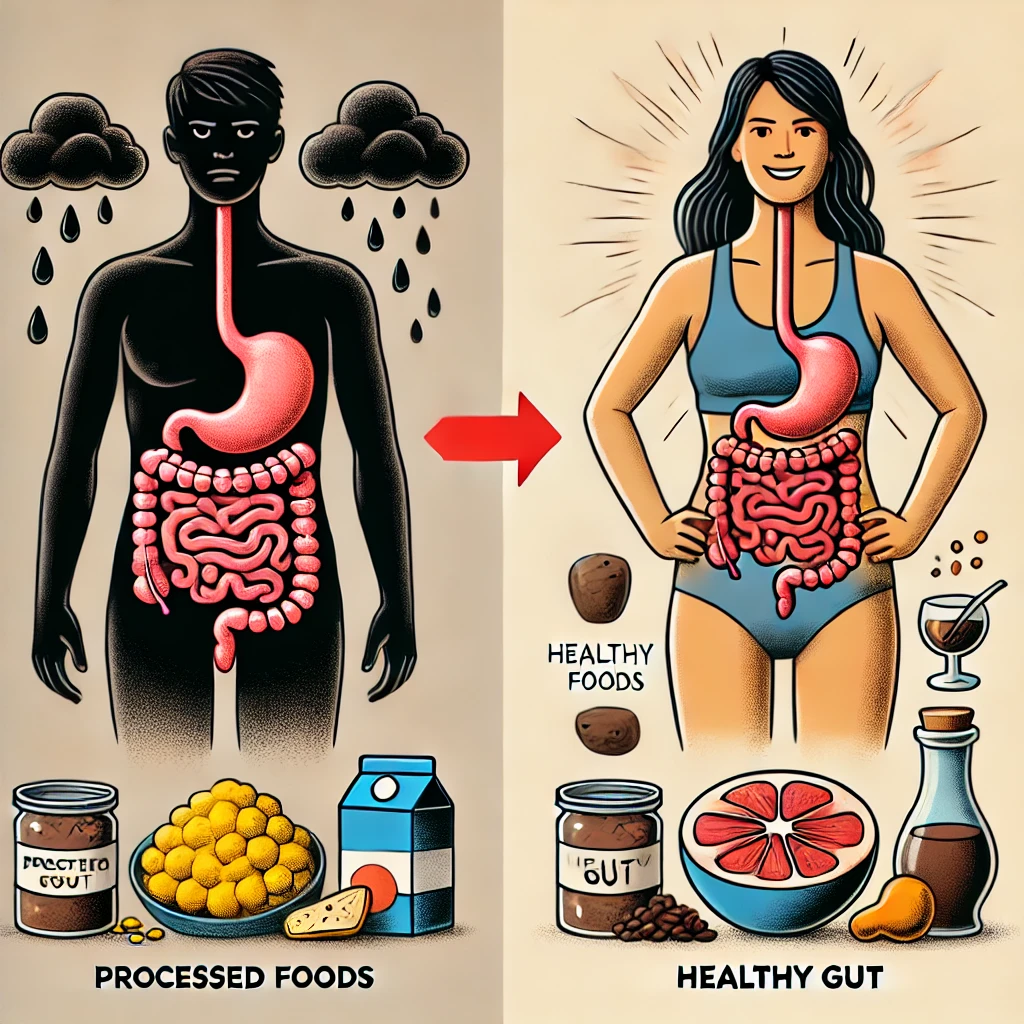What Are Doshas? A Friendly Guide to Vata, Pitta, and Kapha
If you’ve ever heard someone mention their “dosha” and wondered what on earth that means, you’re not alone! In Ayurveda, an ancient system of natural healing from India, doshas are the energies that make each of us unique. There are three of them—Vata, Pitta, and Kapha—and they come from the five elements of nature: air, space, fire, water, and earth. These doshas are like your body’s personal blueprint, influencing everything from your digestion to your emotions. By understanding which dosha (or doshas) you’re most aligned with, you can bring more balance and harmony into your life. Sounds interesting, right? Let’s dive into what each one is all about.
Vata: The Energy of Movement

Let’s start with Vata, often called the “airy” dosha. It’s all about movement and change, like the wind. If Vata is dominant in you, you might find that you’re naturally energetic, creative, and quick-thinking. But, just like the wind can sometimes be unpredictable, Vata can make you feel a bit scattered or anxious if it’s out of balance. People with a Vata-dominant constitution often experience things like dry skin, a lighter frame, or fluctuating energy levels. To keep Vata in check, it’s essential to have grounding practices—think warm foods, calming routines, and staying cozy during colder months. When Vata’s balanced, you’ll feel light, vibrant, and full of inspiration!
Pitta: The Energy of Transformation
Now, let’s talk about Pitta, the fiery dosha. Pitta is all about transformation—think of it as the energy behind digestion, metabolism, and even your sharp focus. If you’re someone with a dominant Pitta, you probably have a strong drive, a competitive nature, and love for structure. You get things done, no doubt! But when Pitta gets out of balance, that fire can burn a little too hot, leading to irritability, frustration, or even inflammation in the body. People with a Pitta constitution often have a medium build, a warm body temperature, and can be prone to skin rashes or heartburn. To cool down Pitta’s intensity, you’ll want to focus on calming activities, cooling foods, and a bit of mindfulness—especially when life gets a little heated. Balance your Pitta, and you’ll feel energized, focused, and in control.
Kapha: The Energy of Stability

Finally, we have Kapha, the dosha of earth and water. If you think of a tree with deep roots, that’s the essence of Kapha—grounded, steady, and nurturing. People with a Kapha dominance tend to have a calm, patient nature. They’re the ones who can keep things together during chaos, offering stability and support to others. Physically, Kapha types often have a stronger, more solid build and are naturally resilient. Their skin tends to be soft and smooth, and they may have thick hair and strong nails. However, when Kapha is out of balance, that grounded energy can turn into sluggishness or lethargy. It’s common for those with excess Kapha to feel overly attached to routines, become resistant to change, or struggle with weight gain and water retention.
Emotionally, an imbalanced Kapha can lead to feelings of heaviness, stubbornness, or even a tendency to hold onto emotions or possessions. To bring Kapha back into balance, the key is stimulation and lightness. This could mean engaging in more dynamic, invigorating physical activities—anything that gets the body moving and the heart rate up. Diet-wise, it’s best to focus on warm, light, and slightly spicy foods, which help ignite digestion and avoid the heaviness Kapha is prone to. Incorporating more variety into daily routines—whether it’s trying a new hobby, meeting new people, or simply adding some spontaneity—helps lift that feeling of inertia and restores vitality. When Kapha is balanced, it provides a strong foundation, making you feel grounded, calm, and full of compassion.
Finding Balance: Your Unique Dosha Combination
It’s important to remember that while most people may have one dominant dosha, we all have a unique blend of Vata, Pitta, and Kapha within us. That’s why no two people are exactly the same in Ayurveda. Some may have a strong Pitta-Vata combination, while others might be more of a Kapha-Pitta type.

The goal isn’t to change your dosha but to maintain balance within your specific combination. When your doshas are in harmony, you’ll feel physically healthy, mentally clear, and emotionally stable. But life has a way of throwing things off balance—whether it’s stress, diet, or even the change of seasons. That’s why Ayurveda encourages daily routines, mindful eating, and self-care practices that suit your dosha to keep you aligned.
Knowing your dosha is like having a personal health map—it gives you insight into what works best for your body and mind so you can live in harmony with yourself and the world around you.
Embracing Ayurveda in Everyday Life
The beauty of Ayurveda is that it’s not just a system of medicine; it’s a way of living. By understanding your dosha, you can make small, intentional choices that align with your body’s natural rhythms. Ayurveda emphasizes prevention rather than cure, which means the more you tune into your body’s signals, the easier it becomes to maintain balance and well-being. Whether it’s through mindful eating, recognizing how different seasons affect you, or simply listening to how you feel, living in alignment with your dosha is a journey of self-awareness and care. This ancient wisdom offers timeless insights into living a healthier, more harmonious life.



